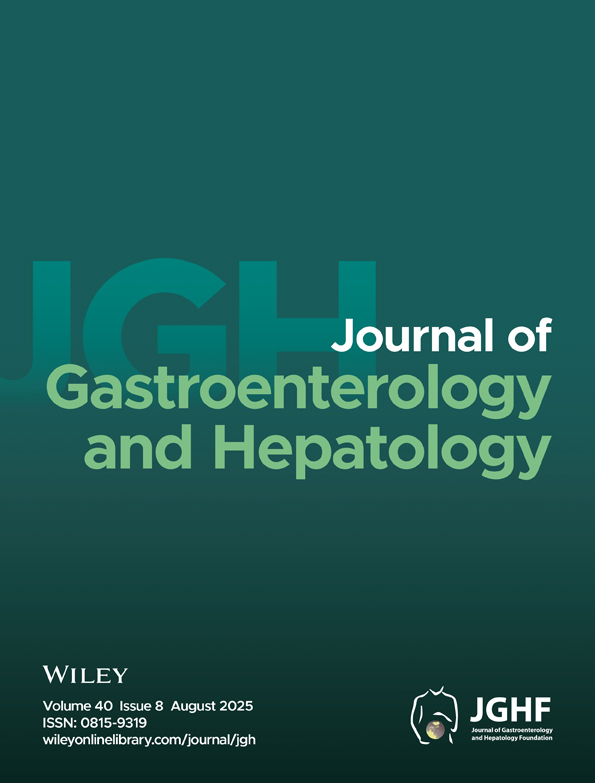Hepatitis C virus (HCV) genotypes and chronic liver disease in Pakistan
ABSTRACT
Hepatitis C virus (HCV) is classified into different types depending on nucleotide sequence variability. Detailed information on the distribution of various HCV genotypes in some geographical areas is available but little is known about Pakistan. In this study, a 5’ non-coding region (NCR)-based restriction fragment length polymorphism (RFLP) genotyping assay was used to investigate the genotype distribution in a large series of HCV-infected patients in Karachi, Pakistan. Serum samples from 74 hepatitis B surface antigen (HBsAg)-negative patients with a clinical diagnosis of chronic liver disease (60 patients) and hepatocellular carcinoma (HCC) (14 patients) were assayed for anti-HCV antibody by second generation enzyme immunoassay and 48 were confirmed anti-HCV-positive (33 males, 15 females). Other causes of chronic liver disease (e.g. haemochromatosis, Wilson's disease and immunemediated injury) were ruled out. Liver biopsy was done in 27/48 anti-HCV-positive patients and in all HCC patients. Genotypes were determined for 45/48 anti-HCV-positive study patients; 39/45 (87%) were type 3; four (9%) were type 1; one was type 2; and one was type 5. Past blood transfusion was the main identifiable risk factor found in 10 patients, all type 3. Seven of the 14 HCC patients were anti-HCV positive, (six were type 3). Most patients with hepatitis C presented with established cirrhosis and complications of portal hypertension and liver failure. In conclusion: (i) genotype 3 is the most common isolate in HCV-associated chronic liver disease in Pakistan; (ii) a significant proportion of HBsAg-negative cirrhotics are non-B, non-C in aetiology; and (iii) half of the patients with HCC have serological evidence of HCV infection.




